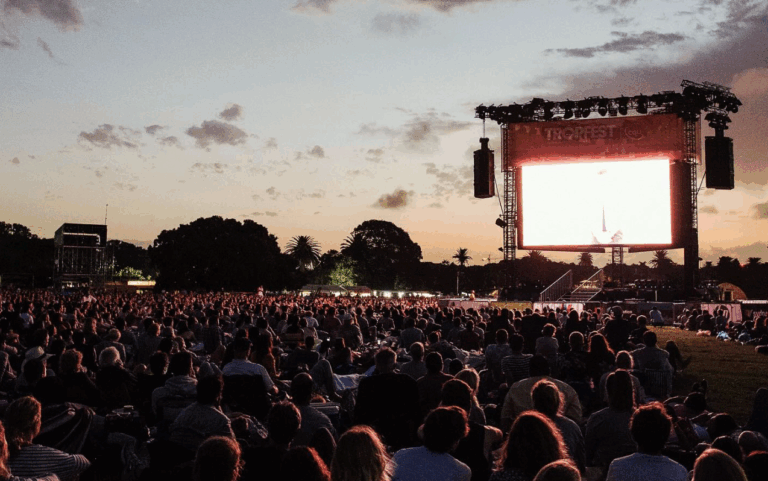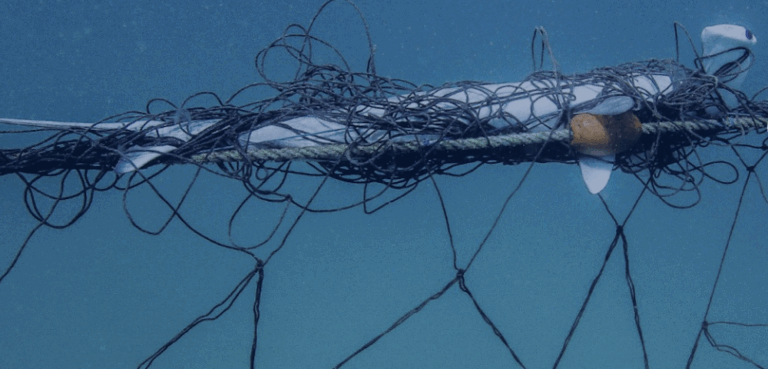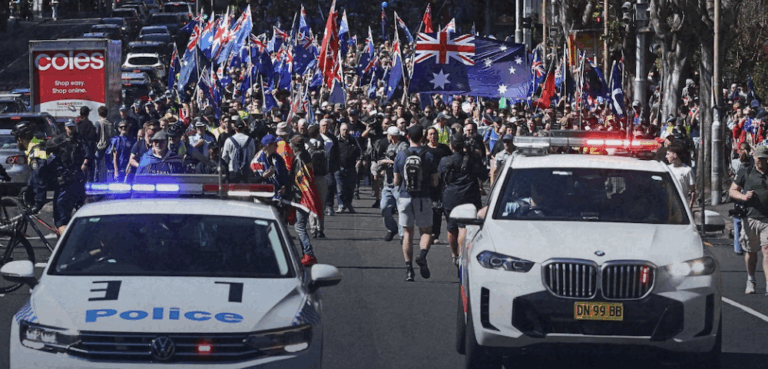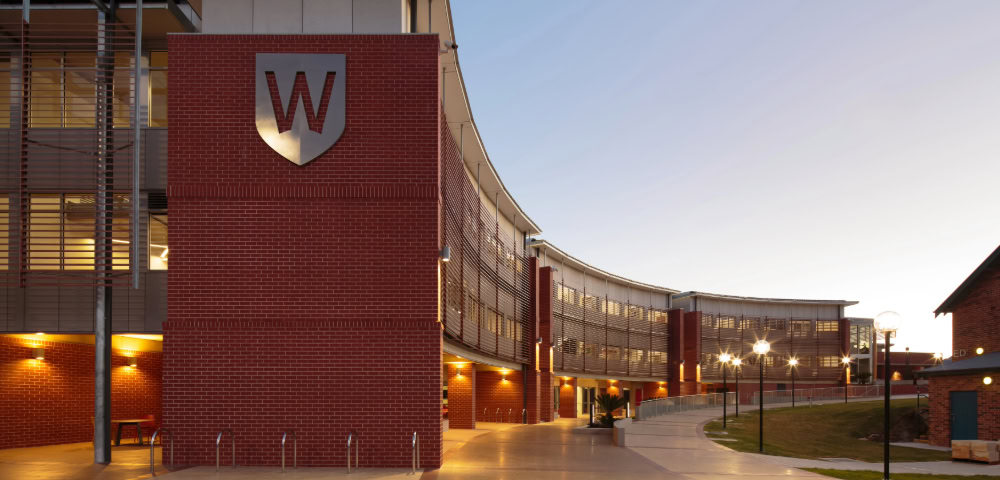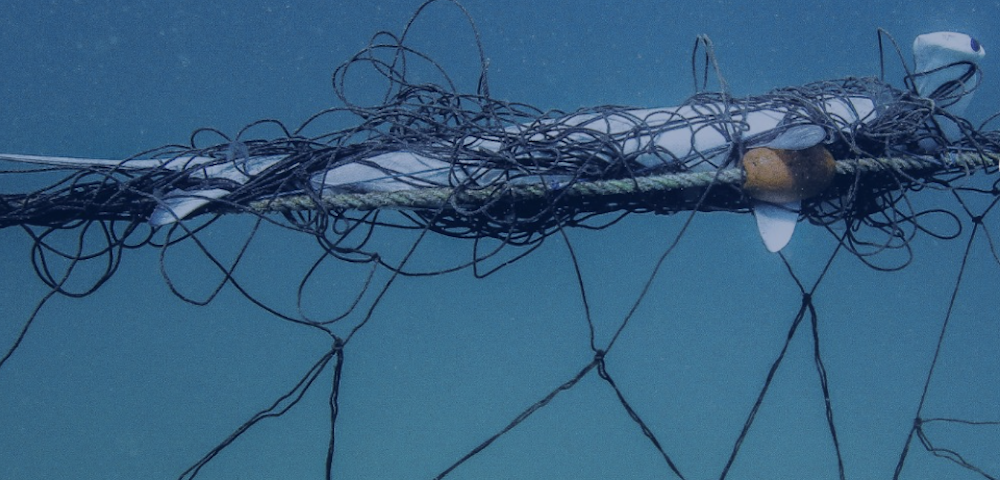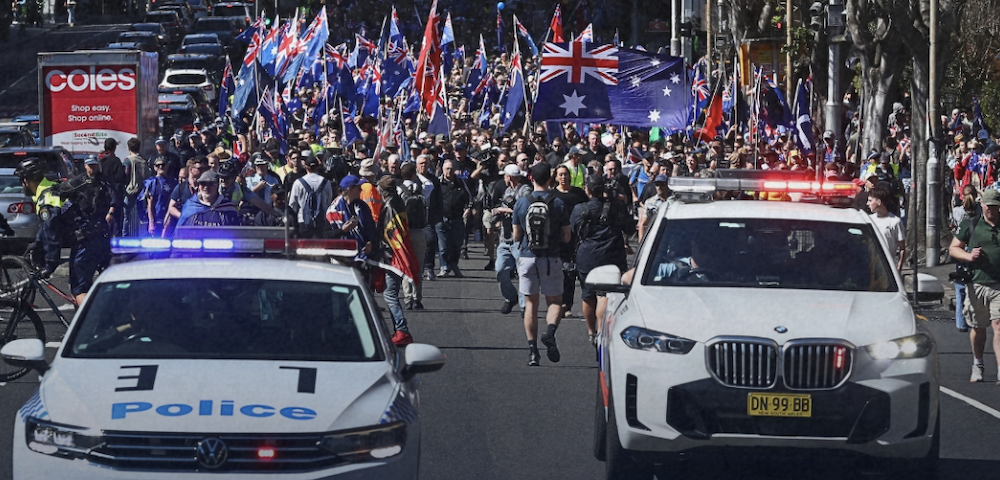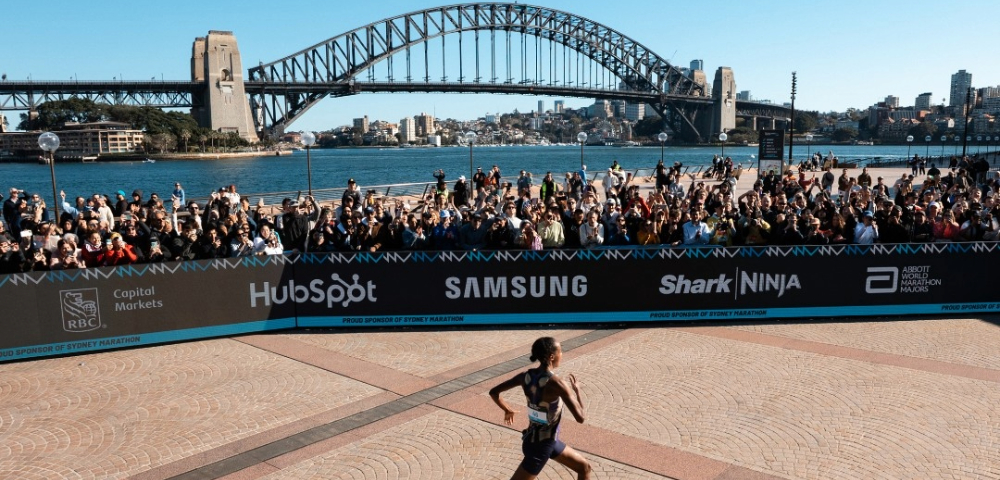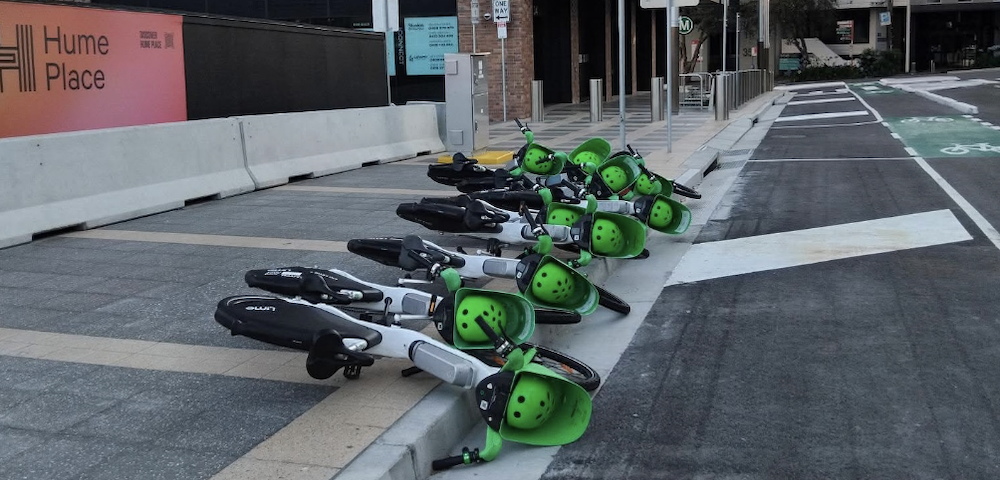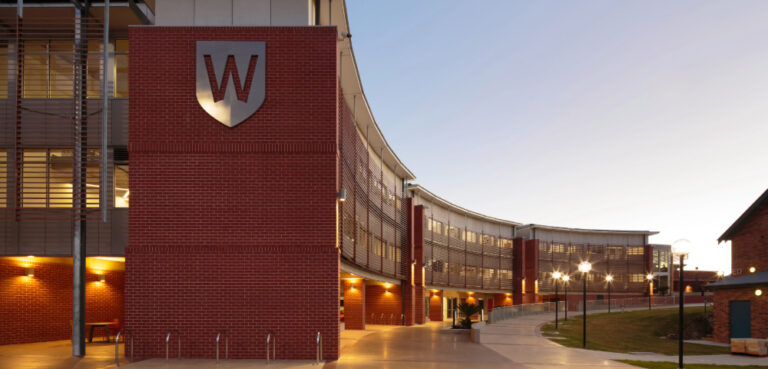
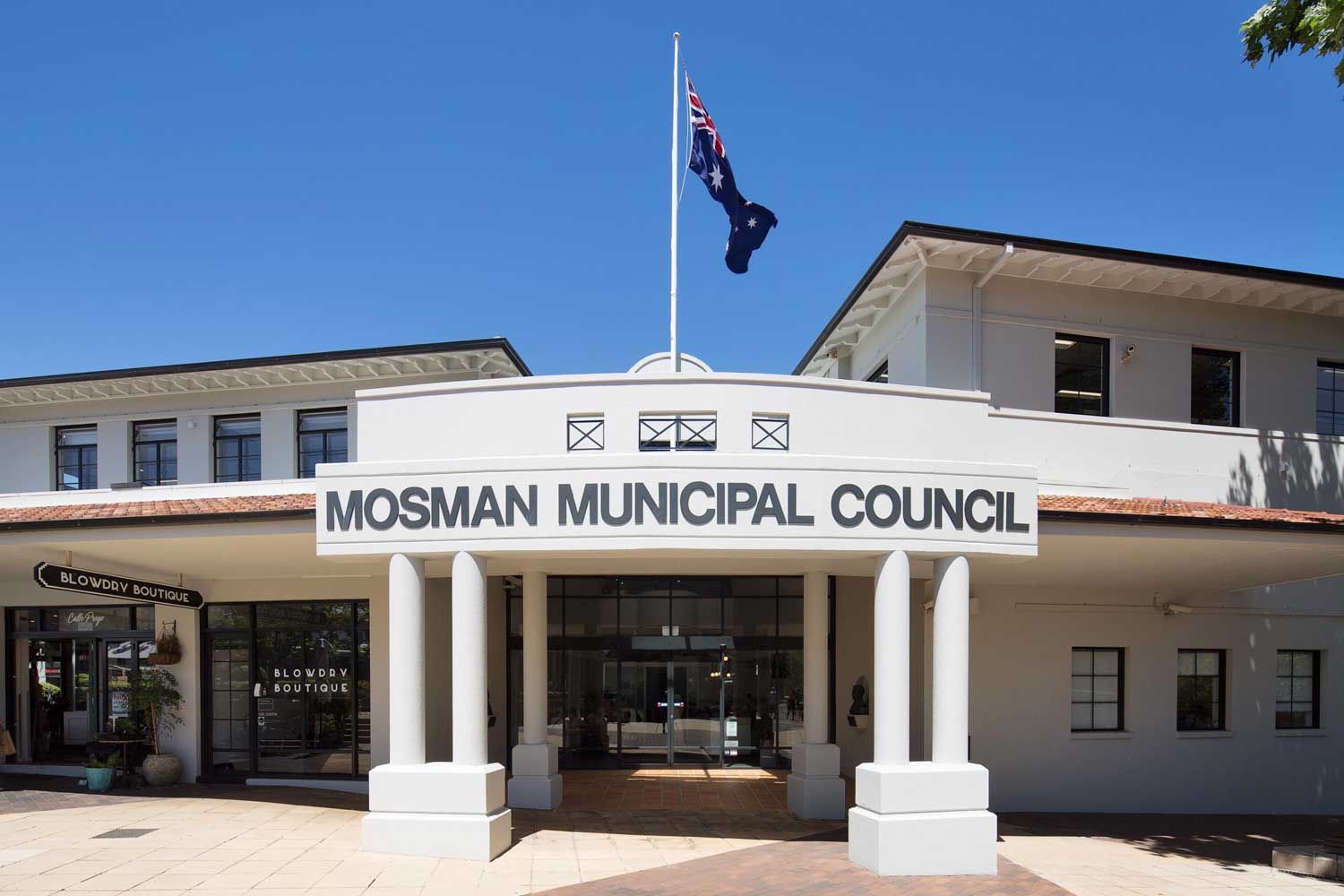
In 2009, the New South Wales Aboriginal Land Council filed a land claim for all of Little Ashton Park, a 8280-square-meter public space in Mosman which overlooks Sydney Harbour.
This land claim has been unchallenged for 15 years, until this week. Mosman Council has now been forced to respond to the claim by the Department of Crown Lands, which manages the land owned by the government of NSW.
Little Ashton Park, located near Taronga Zoo in Sydney’s affluent North Shore, is currently used by the public.
Little Ashton Park claim by Aboriginal Land Council sparks challenge from Mosman Council
Land claims are made possible through the NSW Government’s 1983 Aboriginal Land Rights Act, are measured and assessed against certain criteria, including whether the land is “not lawfully used or occupied” and if they “are not needed, nor likely to be needed, for an essential public purpose.”
Mosman Council’s spokeswoman said in a statement that ‘the claim should be denied’, because the park is currently used in a “lawful” manner by the community for “essential public purpose.”
Aboriginal Land Claims’ challenges
Under the Aboriginal Land Rights Act 1983, Aboriginal Land Councils have a legal right to lodge land claims on Crown Land, but not all claims are accepted. If the land claims are successful, Crown Land gets returned to Aboriginal ownership, protected by the 1983 Lands Right Act.
Out of the 782 land claims that were filed in the 2022/23 financial year, 776 claims were resolved. Of these, 545 were granted or partially granted, according to NSW Crown Land.
“For all the resources, minerals, freehold private land, pastoral lands, licensed lands, all lands other than crown lands were off the table,” Nathan Moran, the chief executive of the Metropolitan Local Aboriginal Land Council, told The Australian.
“But what was left in land rights was the ability to make claims on it. We’re only allowed to receive land that’s not required by either the state or local governments … for essential public purposes.”
Environment Minister Tanya Plibersek fights for for Indigenous Land Rights
On October 11, 2024, federal Environment Minister Tanya Plibersek blocked a proposal for the development of a gold mine near Blayney, citing the financial gain of the mining company will not outweigh the “irreversible damage and permanent loss” to important Aboriginal cultural heritage sites.
Minister Plibersek had aligned her decision with the Wiradyuri Traditional Owners Central West Aboriginal Corporation, who emphasised the significance of “sacred song lines” ran through the Belubula River.
In the wake of Minister Plibersek’s decision, the NSW Aboriginal Land Council, alongside other members of Local Aboriginal Land Councils, convened in Orange for a seminar.
The NSWALC also urged NSW Premier Chris Minns to lobby for changes to the Environment Protection and Biodiversity Act, which would facilitate recognition for them as the only Indigenous representatives on the matters of environmental protection and cultural heritage according to News.com.
